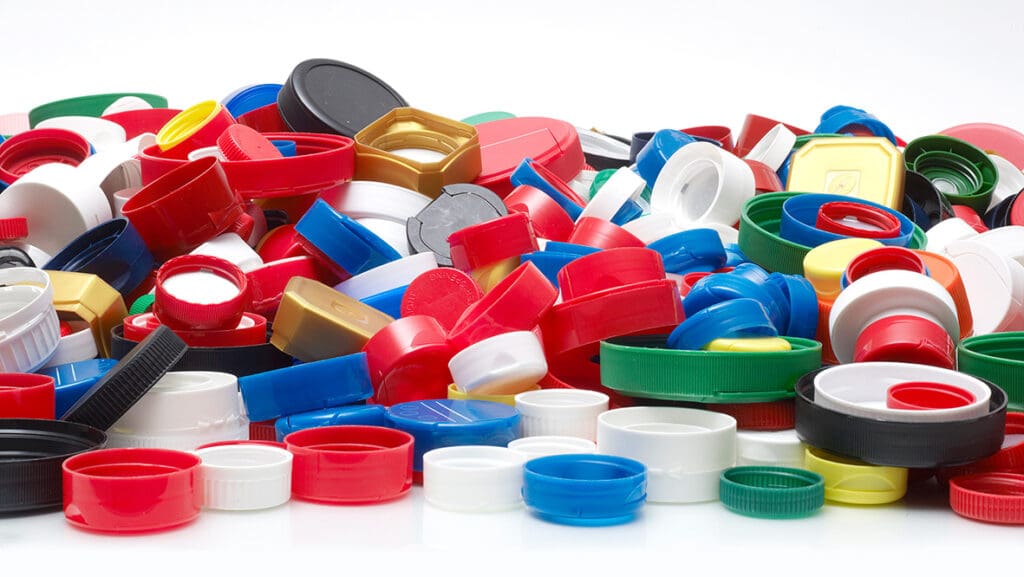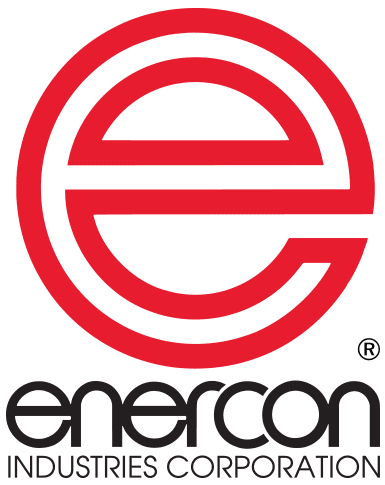Why Packagers Are Moving Away from Pressure-Sensitive Liners to Induction Sealing
In recent years, the packaging industry has seen a significant shift from pressure-sensitive liners to induction sealing. This change is driven by several factors, including liner performance, regulatory requirements, consumer confidence, and supply chain challenges effecting cost and availability.
Pressure-Sensitive Liners
Pressure-sensitive liners are designed as simple dust covers for dry capped products. They are not recommended for use with liquid products, packages requiring tamper evidence, or for those requiring an airtight seal to preserve freshness.
Tamper-Evident Packaging
The FDA defines tamper evident packaging as having one or more indicators or barriers to entry that provide visible evidence if tampering has occurred. Pressure-sensitive liners can be removed and reapplied without any visible evidence of tampering, making them unsuitable for tamper-evident purposes. Meanwhile, induction seals with the capability to leave a foil ring around the container lip, meet the tamper evident requirement effectively.
Impact of E-Commerce
The rise of e-commerce has also influenced a shift to induction sealing. Major online sellers like Amazon, and shipping companies such as FedEx, UPS, and the United States Postal Service have adopted guidelines requiring seals to prevent leaks during transit. An induction seal protects the product in the package while also preventing leaks.
Product Freshness
Unlike an induction seal, a pressure-sensitive liner does not create a hermetic seal to protect the product from oxygen and moisture transmission. Many packagers use induction sealing as part of their strategy to ensure consumers enjoy product freshness and quality.
Supply Chain Challenges
A key component of pressure-sensitive liners is polystyrene foam. In late 2023, major suppliers of polystyrene discontinued domestic production of polystyrene foam forcing suppliers to source materials offshore, leading to supply chain disruptions, increased cost, and quality concerns.
Environmental Legislation
Additionally, environmental legislation, such as statewide bans on polystyrene products, has further complicated the use of polystyrene in packaging. Many brand owners and packagers are hesitant to incorporate polystyrene foam into any new product package designs.
Induction Sealing as a Favorable Packaging Option
Packagers moving to induction sealing from pressure-sensitive liners enjoy many benefits:
- Leak Prevention: Induction seals provide airtight and leak-proof packaging meeting requirements of retail, e-commerce, and shipping carriers.
- Tamper Evidence: Induction seals provide visible evidence of tampering, satisfying FDA and other requirements for tamper evidence.
- Shelf-Life Extension: Hermetic seals prevent oxygen and moisture from permeating through the seal, resulting preserved freshness and extended shelf life.
- Contamination Prevention: Induction seals prevent contamination during transit.
- Brand Protection: Induction sealed products enhance consumer confidence by ensuring product integrity.
Packagers who are interested in switching from pressure-sensitive liners to induction sealing should contact Enercon’s cap sealing application experts for more information. Our team will assist you in finding the induction sealer that will best meet your application needs and educate your team on how to Achieve a Perfect Seal™.


